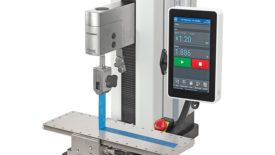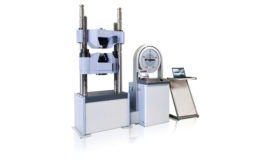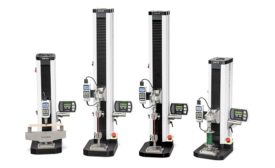Home » Keywords: » tensile strength
Items Tagged with 'tensile strength'
ARTICLES
Quality 101
Materials testing submits a material or product to a thorough, in-depth "check-up" to ensure overall quality.
Read More
Tensile Testing: A Gripping Story
Tensile testing is varied in purpose and industry specific. The manner of holding the test specimen and applying the axis of tensile force is what makes the application unique and enables quality assurance at almost any point in any product's lifecycle.
July 28, 2023
Tensile Testing: A Compressed “How-To” Overview
Let's start with the purpose, the practical and theory test.
November 1, 2022
Why Identifying Carbon is Crucial for Site and Inspector Safety
Each material has its own set of characteristics, which include tensile strength, malleability and thermal conductivity.
October 6, 2020
The Mechanical Properties of Plastics
Mechanical properties describe the material’s reaction to an applied force, such as tension, compression, and impact.
December 9, 2019
A Primer on Materials Testing
There are many reasons to perform materials tests. Learn the top five.
January 1, 2019
Back to Basics: Testing Medical Equipment and Materials
Defects in medical devices and materials have life-or-death consequences.
December 3, 2018
Tensile Testing Principles: Fundamentals, Methods and Challenges
Tensile testing can determine the component’s suitability for use and its performance over time.
August 1, 2018
Stay in the know with Quality’s comprehensive coverage of
the manufacturing and metrology industries.
eNewsletter | Website | eMagazine
JOIN TODAY!Copyright ©2025. All Rights Reserved BNP Media.
Design, CMS, Hosting & Web Development :: ePublishing











